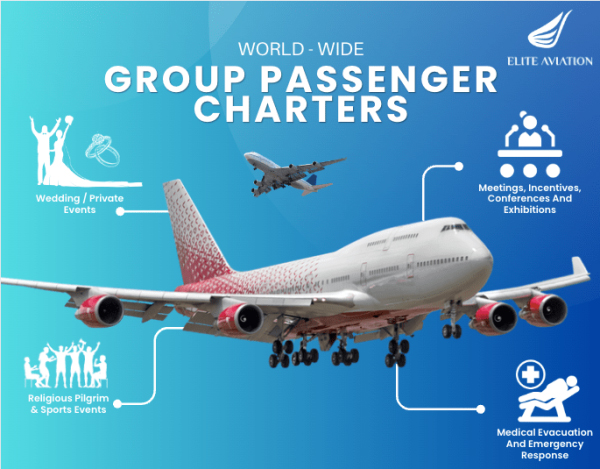[ad_1]
Despite unprecedented investment levels and executive commitment, many supply chain transformation initiatives are falling short of expectations. While 81% of logistics leaders identify transformation as critical and 79% of organizations are increasing investments, a troubling pattern emerges where companies remain trapped in reactive, outdated operational patterns that undermine their progress.
The culprit? Prevalent myths that cloud strategic thinking and misdirect resources. These misconceptions, while seemingly logical on the surface, create blind spots that prevent organizations from achieving the resilience and efficiency that modern supply chains demand.
Myth 1: The COVID-19 crisis is behind us. The most dangerous myth plaguing supply chain leaders today is the belief that we’ve moved past pandemic-related disruptions. Surface-level indicators like stabilized shipping rates, improved port congestion, and normalized inventory levels create a false sense of security, obscuring the fundamental truth that the business environment has permanently shifted.
COVID-19 didn’t just disrupt operations; it exposed systemic vulnerabilities that most organizations addressed with temporary fixes rather than structural solutions. Brittle supplier networks, overreliance on single geographies and inadequate buffer inventory strategies remain largely unchanged across industries.
The new reality demands acceptance that volatility is now the baseline, not the exception. Unexpected events continue to cascade through interconnected supply networks. Success requires building resilience as a core competency rather than crisis management as a reactive skill.
Forward-thinking organizations are strengthening supplier diversity, reducing geographic concentration risks, implementing dynamic safety stock strategies, and embedding contingency planning directly into demand forecasting processes.
Myth 2: Technology drives transformation. While executives eagerly pursue new enterprise resource planning systems, warehouse automation and advanced analytics platforms, they often overlook the fact that technology enables transformation, but it doesn’t drive it.
Without addressing underlying organizational silos, data governance frameworks and collaboration models, new systems simply digitize existing inefficiencies. The result is sophisticated tools that replicate the same operational bottlenecks at higher cost and complexity.
The key lies in asking these essential questions first: Is the organization taking an end-to-end view when looking to improve their supply chain? How do they access necessary data? What obstacles prevent effective execution? Only after addressing these foundational elements can technology investments deliver their promised returns.
Myth 3: More AI use cases equal better results. The artificial intelligence boom has created a dangerous focus on quantity over quality. Organizations launch multiple AI pilots without establishing the fundamental requirements for success, leading to predictable failures that have little to do with model sophistication.
AI initiatives fail when organizations lack high-quality, unified data, documented business rules and clear accountability structures. Without these elements, AI tools operate in isolation, generating recommendations that nobody trusts or implements.
Consider supplier risk management. Rather than immediately build predictive models, successful organizations first establish risk definitions, create tracking systems and align stakeholder expectations. The foundation must precede the innovation.
The goal isn’t launching more pilots; it’s scaling what works. This requires data integration, decision workflow design and change-management infrastructure before any algorithm touches the problem.
Myth 4: Customer service means always saying yes. Manual, reactive customer relationship management creates a dangerous default by treating all customers identically. This approach forces supply chain leaders into unsustainable positions where every request becomes an emergency and every exception becomes the rule.
Not all customers require the same service level. High-value accounts deserve proactive, customized support, while others benefit from standardized, cost-effective service models. Analytics can map profitability across customer segments and geographies, enabling strategic resource allocation. Transparent, logic-based service differentiation builds trust more effectively than indiscriminate flexibility.
Myth 5: Sustainability compromises profitability. Environmental, social and governance (ESG) requirements increasingly shape supply chain operations, but viewing sustainability as a cost center represents a critical strategic error. When integrated early in design processes, sustainability initiatives often improve operational efficiency.
Lightweight packaging reduces freight costs. Modular product designs decrease maintenance requirements. Supplier scorecards incorporating ESG metrics drive performance improvements throughout the supply network. Digital twins can simulate the carbon impact of sourcing decisions while AI optimizes logistics for both environmental and financial outcomes.
The result extends beyond regulatory compliance to competitive advantage. Sustainability becomes a path to operational reinvention rather than a constraint on profitability.
Successful supply chain transformation requires more than investment and urgency; it demands the courage to challenge entrenched assumptions. Organizations that recognize these myths and address their underlying realities position themselves not just to survive future disruptions, but thrive in an increasingly complex global marketplace.
Rich Schmidt is a supply chain and order management strategist at Publicis Sapient.
[ad_2]
Source link



